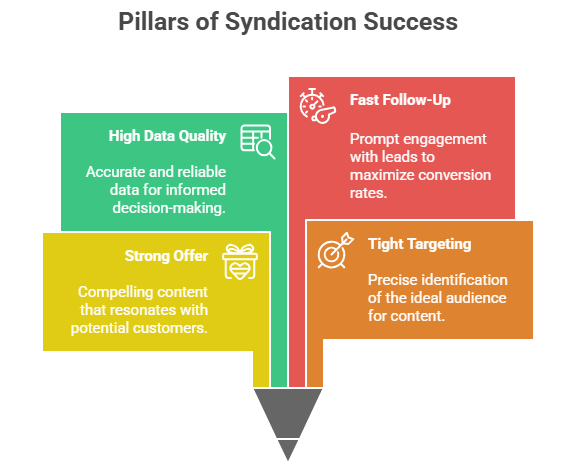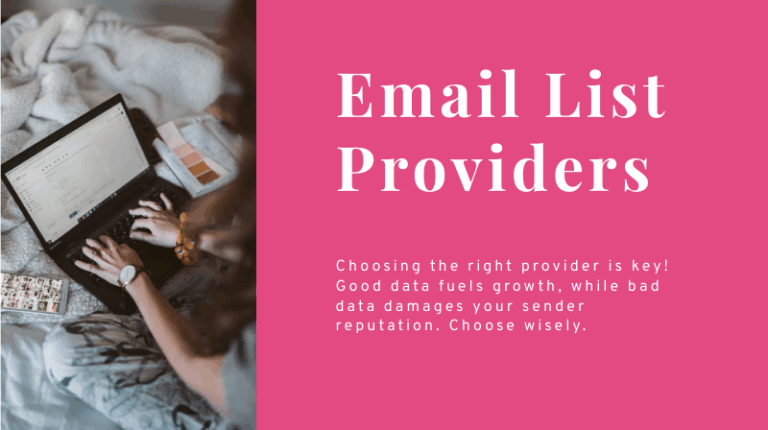Measuring the contribution to revenue of a given marketing activity is considered by many to be the holy grail of marketing. Marketing automation software enables us to move ever closer to this ideal with a feature known as attribution. It does this by fusing two sets of trackable data; marketing interactions and revenues.
According to market research firm eMarketer, spending on digital advertising in the US will total nearly $60 billion in 2015, or just over 30 percent of all ad dollars. With digital marketing expenditures at these stratospheric heights, the stakes could not be higher. Businesses need to gain insights into which marketing efforts are driving revenues and which are misdirected.
What Is Marketing Attribution?
Marketing attribution is the practice of determining the role that different marketing activities play in influencing the customer journey, and in allocating value to different touch points which have influenced a sale or another desired outcome.
Here’s a sampling of the ways marketing automation software can measure marketing’s impact on revenue.
First Touch / Last Touch Attribution
In first touch attribution, all revenue is attributed to the first touch point. The obvious drawback is that although the first touch point is certainly a milestone in the buyers journey, it is usually not the only or even the most influential touch point. Likewise in last touch attribution, all revenue is attributed to the last touch point. Again, the last touch may be important but is not generally the most influential touch point.
As a rough idea of where your customers come from, first and last touch attribution serves a useful purpose, but it’s no substitute for attribution that tracks leads across multiple stops.
Marketers that use either first or last touch attribution will only have a crude approximation of which marketing activities are actually driving revenues. It’s an oversimplification that can quickly lead to over-spending for companies that invest heavily in touch points that may only have been a waypoint on a longer buying journey. A multi-touch method improves on this.
Multi Touch Attribution
In multi touch attribution, every touch point can be associated with revenue and marketers can determine which are the most influential.
Most prospects do not follow a linear trajectory when they become “sales ready”. They may first arrive from a Google search and return months later to register for a webinar, then again to link to a blog post from an outbound email message. Someone researching for a major purchase might visit multiple websites and gather information across multiple devices. Attribution can be more like a web that branches out in many directions from a source point than a string of jumps from site to site. Marketing automation software can help map that web and pinpoint the most influential branches.

Act-On Software relates multi-touch marketing interactions with revenue.

Here, marketers can tweak which interactions get the most attribution weight.

Marketo’s Opportunity Influence Analyzer visually ties a single revenue stream to multiple touch points along a time line.
Attribution enables marketing to transition from a cost center to a strategic driver of revenue. No longer do marketers have to intuit which programs to expand and which to contract. Now there is hard data to back up strategic marketing choices.
© Reach Marketing LLC 2015 All Rights Reserved




